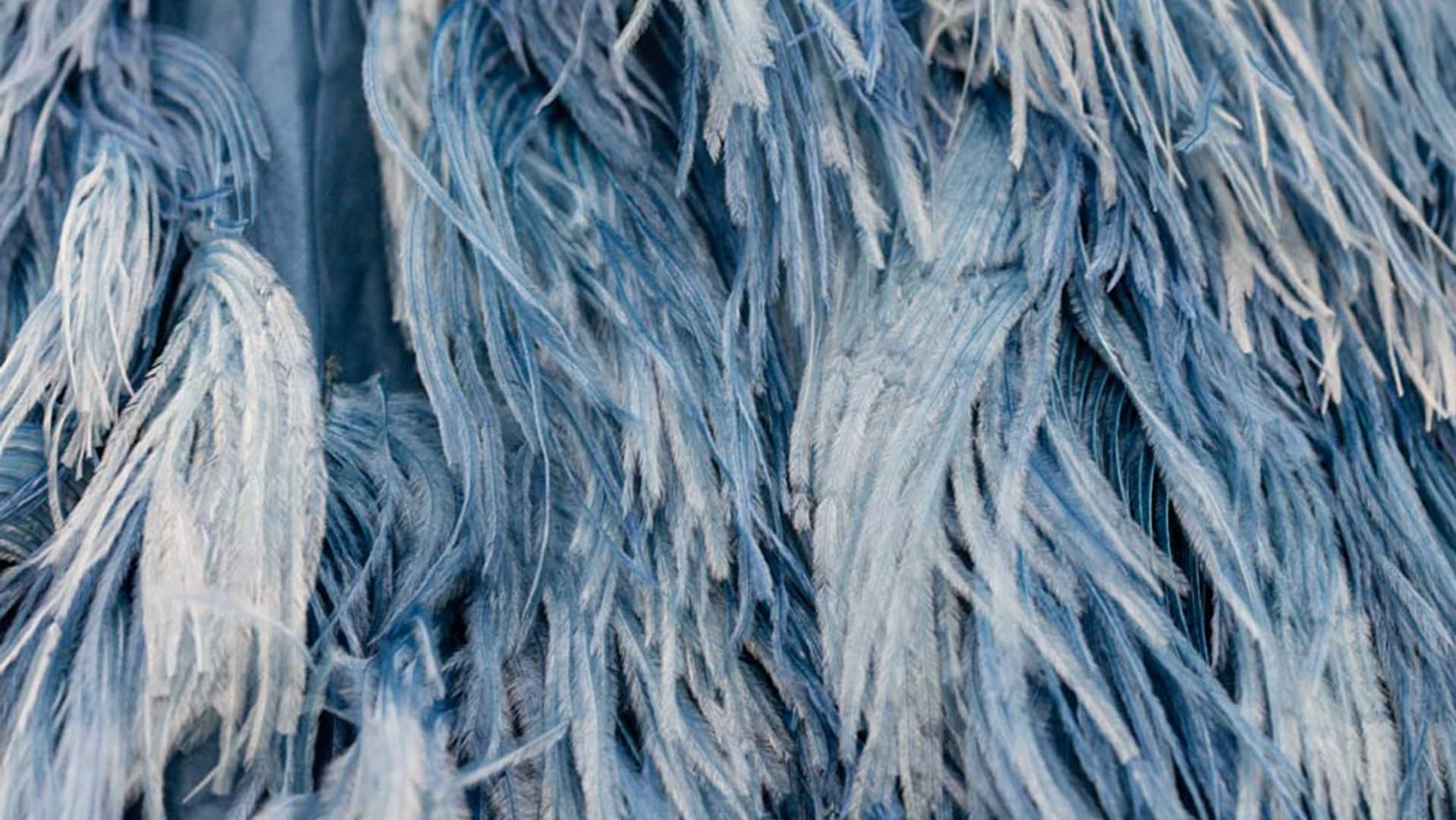-
La Petite, Evening Dress
Danielle Whitfield, Curator, Fashion and Textiles, and Susan van Wyk, Senior Curator, Photography, share their perspectives of a dress that first found its way into the NGV Collection via a…
-
A scrap album worthy of a fancy dress
Victorian’s, both in England and in the colonies, were enamoured with donning fancy dress costume when attending events such as parlour games, theatricals and balls, and would go to extreme…
-
Elsa Schiaparelli and the art of illusion
In his 1956 autobiography, Christian Dior reflected on ‘the miracle of fashion’, commenting that ‘in the world today haute couture is one of the last repositories of the marvellous and…
-
Japanese modernism: between earthquake and war
Glamorous department stores, fashionable cafes, popular movie theatres, swinging dance halls and high-tech transportation.
-
Artistic souls: Edward Burne-Jones and his portrait of Baronne Deslandes
The celebrated nineteenth-century British artist Sir Edward Burne-Jones (1833–1898) is well represented in the collection of the National Gallery of Victor
-
Encountering art in the people’s gallery: Grant and Mary Featherston and the interior furnishing and fit-out of the National Gallery of Victoria, 1966–68
On 20 August 1968 the National Gallery of Victoria’s much-heralded building on St Kilda Road opened amid a fanfare of publicity acclaiming the completion of what all agreed was a…
-
Dion Lee Vein sleeveless dress
Since establishing his label in 2009, Sydney-based fashion designer Dion Lee has pioneered a distinctive aesthetic based on material exploration and innovative tailoring.
-
The cloche is probably the most iconic hat of the 1920s.
Art Deco Label for CT29-1983
The cloche is probably the most iconic hat of the 1920s.
-
Curator Jun I.
Art Deco Label for D17-1979
Curator Jun I.
-
In the 1930s, long horizontal lines, curving forms and absence of ornament were designed to evoke visual speed.
Art Deco Label for D29-1975
In the 1930s, long horizontal lines, curving forms and absence of ornament were designed to evoke visual speed.
-
Popular dances in the 1920s included The Black Bottom and the Charleston. These dances were considered immoral and provocative due to their exaggerated gestures.
Art Deco Label for D158-1971
Popular dances in the 1920s included The Black Bottom and the Charleston. These dances were considered immoral and provocative due to their exaggerated gestures.
-
Couturiers Jean Patou, Jeanne Lanvin and Gabrielle Chanel were particularly well-known for their innovative sportswear. Chanel’s separates commonly featured pockets that freed women from the burden of handbags.
Art Deco Label for D231-1974
Couturiers Jean Patou, Jeanne Lanvin and Gabrielle Chanel were particularly well-known for their innovative sportswear. Chanel’s separates commonly featured pockets that freed women from the burden of handbags.
-
The Art Deco style traversed art and design, with a modernist preference for geometric lines and stylised motifs. It revered the machine while remembering tradition.
Art Deco Label for D246-1974
The Art Deco style traversed art and design, with a modernist preference for geometric lines and stylised motifs. It revered the machine while remembering tradition.
-
This golden tape-lace Hat combines two head forms. The Russian kokoshnik merges with the shape of the turban.
Art Deco Label for D8-1975
This golden tape-lace Hat combines two head forms. The Russian kokoshnik merges with the shape of the turban.
-
The Motion Picture Code of 1930, commonly known as the Hays Code, forbade undue exposure of flesh in an effort to shape society’s moral standards.
Art Deco Label for D258.a-b-1974
The Motion Picture Code of 1930, commonly known as the Hays Code, forbade undue exposure of flesh in an effort to shape society’s moral standards.
